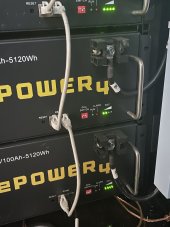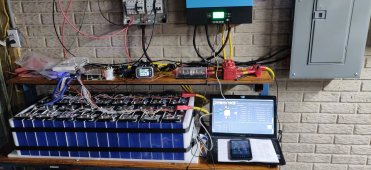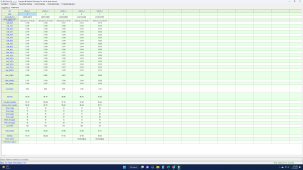JCSchwarb
Solar Enthusiast
- Joined
- Nov 26, 2022
- Messages
- 499
Hi DIYSolar Family,
Appreciate help on what is causing two of ten 48V EG4 LifePower4 batteries have lower states of charge, see image attached. I am using the master cable and mode USE for all EG4 inverters. All batteries have their Ethernet comms cable and dip switches are all different.
I have noticed this twice now over several weeks. One morning I noticed the two were off, no LEDs were light while the other eight were. I would think these battery BMS would toggle the charging and discharging to keep these batteries more balanced.
Appreciate help with cause and a fix for this.
-Jay
Appreciate help on what is causing two of ten 48V EG4 LifePower4 batteries have lower states of charge, see image attached. I am using the master cable and mode USE for all EG4 inverters. All batteries have their Ethernet comms cable and dip switches are all different.
I have noticed this twice now over several weeks. One morning I noticed the two were off, no LEDs were light while the other eight were. I would think these battery BMS would toggle the charging and discharging to keep these batteries more balanced.
Appreciate help with cause and a fix for this.
-Jay








